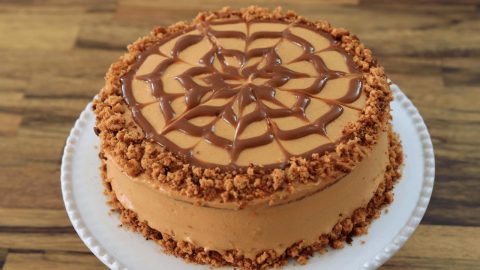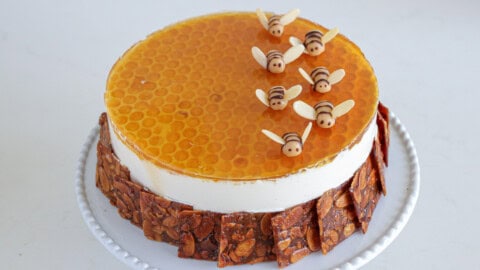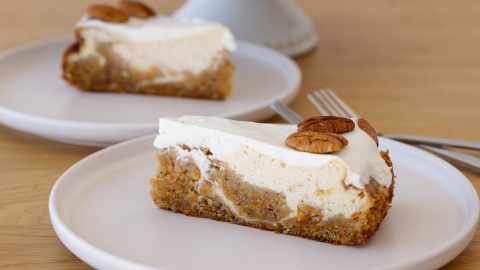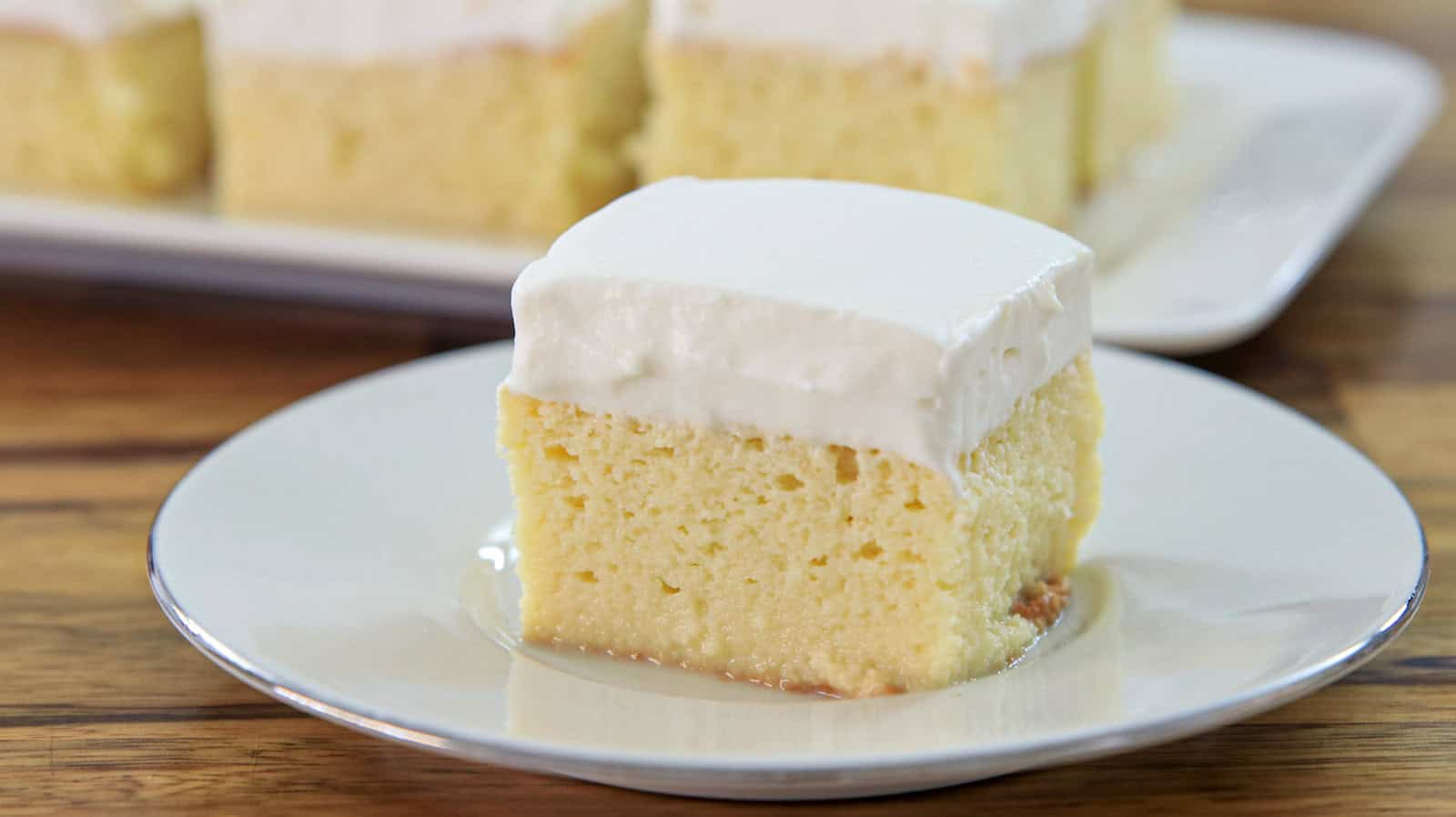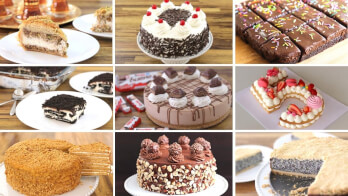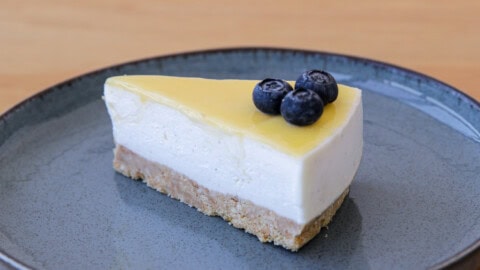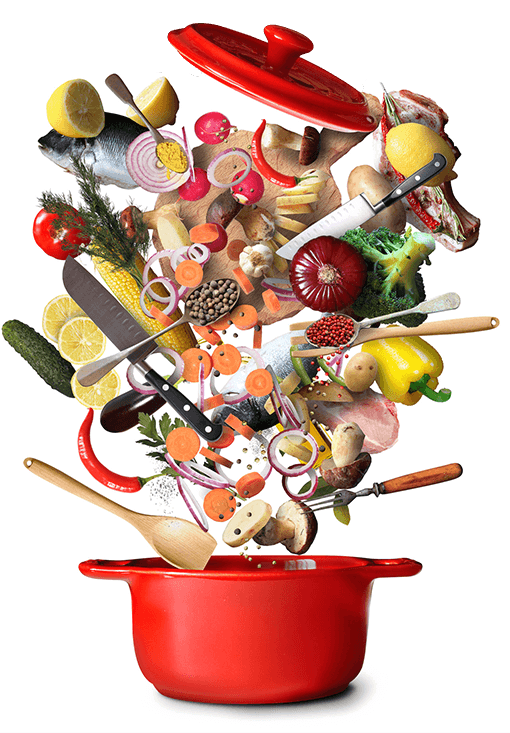Homemade Caramels Recipe
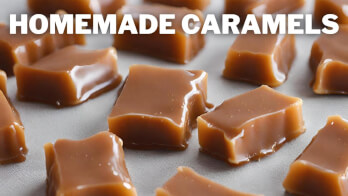
Discover the art of crafting homemade caramel candies. While caramel candies are globally renowned, you might be surprised to learn how effortlessly they can be prepared in your own kitchen. With just a few common ingredients, likely already in your pantry, and 15 minutes of your time, you’ll be indulging in these delectable treats. This recipe yields lusciously soft and chewy caramels, akin to toffees.
What are caramel candies?
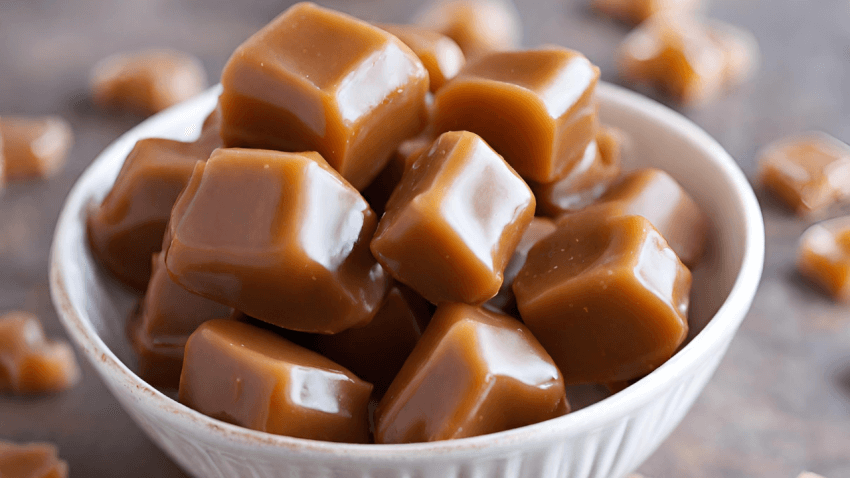
Caramel candies are sweet confections made by heating sugar, butter, and cream until the mixture reaches a caramelized state, resulting in a rich, golden-brown color and a distinctively sweet, buttery flavor. They are often enjoyed as indulgent treats or used as ingredients in various desserts.
How to make soft and chewy homemade caramels?
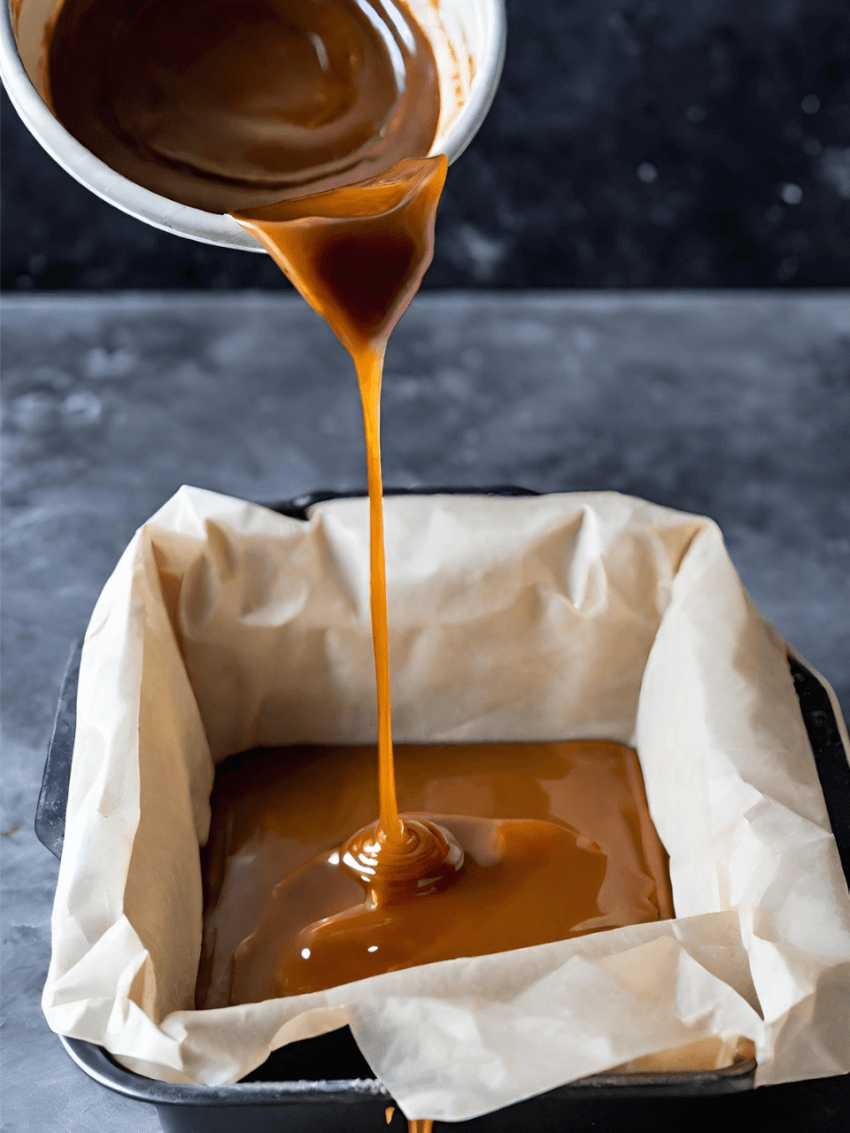
To make soft and chewy homemade caramels, start by combining sugar, butter, and corn syrup in a heavy-bottomed saucepan over medium heat. Stir continuously until the sugar dissolves. Then, add in heavy cream gradually while stirring constantly. Cook the mixture until it reaches the desired temperature, typically around 248°F (120°C) for soft caramels. Pour the caramel into a prepared pan lined with parchment paper, let it cool, and then cut into pieces.
Ingredients for homemade caramel candies
The key ingredients for homemade caramel candies include sugar, butter, heavy cream, corn syrup, and optionally, flavorings like vanilla extract or sea salt.
- Oil for greasing: This ingredient is used to coat the pan or baking dish to prevent the caramel from sticking, making it easier to remove and cut into pieces once it’s set.
- Sugar: Sugar is the primary sweetening agent in caramel candies. When heated, it melts and caramelizes, giving the candies their characteristic golden color and rich flavor.
- Corn syrup: Corn syrup helps prevent crystallization of the sugar, resulting in a smoother texture for the caramel candies. It also adds moisture and elasticity, contributing to the candies’ soft and chewy consistency.
- Water: Water is added to the mixture to help dissolve the sugar and corn syrup and create a homogeneous mixture before cooking.
- Heavy cream: Heavy cream adds richness and creaminess to the caramel candies. When heated with the sugar and butter, it contributes to the smooth texture and helps achieve the desired caramelization.
- Butter: Butter adds flavor and richness to the caramel candies, enhancing their creamy texture. It also helps prevent the caramel from becoming too hard once it sets.
- Salt: Salt enhances the flavor of the caramel candies by balancing the sweetness and adding a subtle savory note. It also helps to amplify the other flavors in the caramel, making them more pronounced. Even a small amount of salt can significantly enhance the overall taste of the caramels.
Tips for the best homemade caramels
- Use a heavy-bottomed saucepan to prevent scorching.
- Invest in a candy thermometer for precise temperature control.
- Be patient; caramel-making requires attention and care.
- Add flavorings like vanilla or sea salt for extra depth of flavor.
- Allow the caramel to cool completely before cutting into pieces for best results.
How to store homemade caramel candies
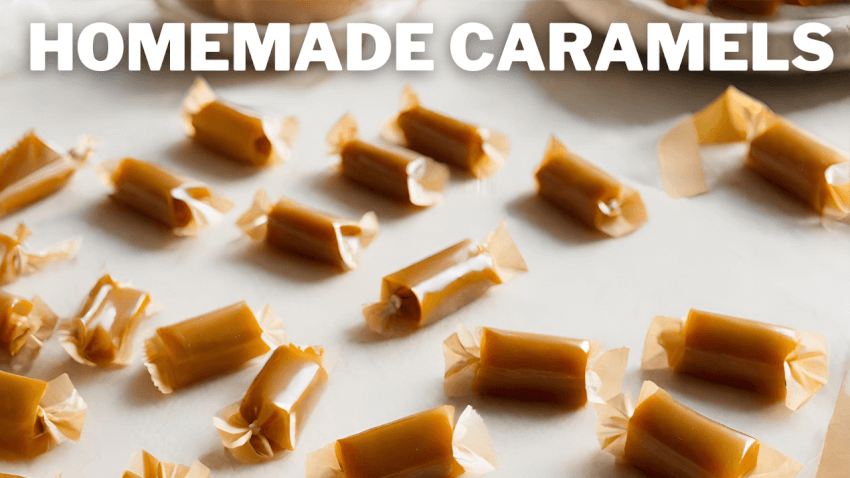
Store homemade caramel candies in an airtight container at room temperature for up to two weeks. For longer storage, you can refrigerate them for up to one month or freeze them for several months. Just be sure to let them come to room temperature before serving for the best texture.
What is the difference between caramels and toffees?
While both caramels and toffees are confections made from sugar and butter, they have distinct differences. Caramels are soft and chewy candies made by cooking sugar, butter, and cream, while toffees are harder and more brittle, often made with added nuts and cooked to a higher temperature, resulting in a firmer texture.
What is the purpose of corn syrup on caramel candies?
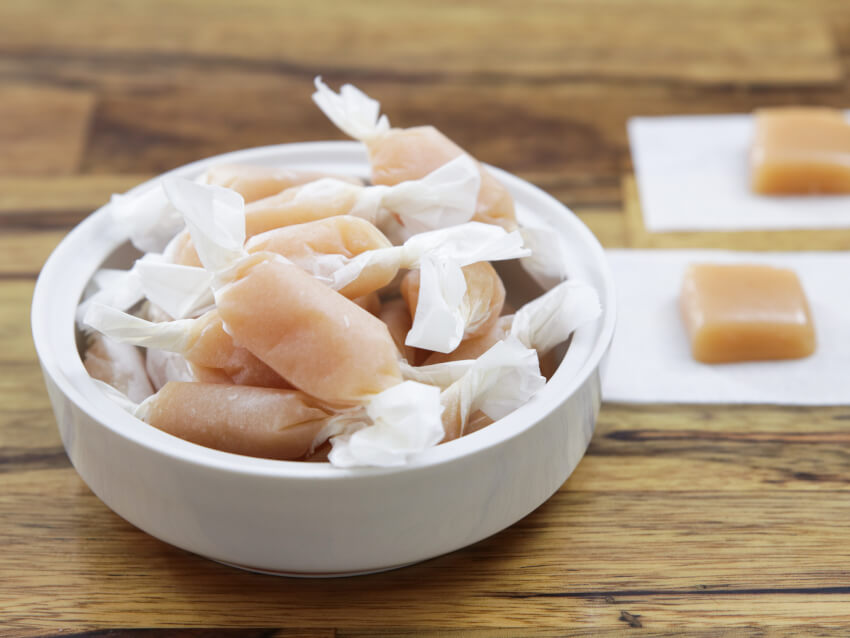
Corn syrup serves several purposes in caramel candies. It helps prevent crystallization, resulting in a smoother texture. It also adds moisture and elasticity to the caramel, contributing to its soft and chewy consistency. Additionally, corn syrup enhances the caramel’s shine and extends its shelf life.
Can I make chewy caramels without corn syrup?
Yes, you can make caramels without corn syrup by substituting with alternatives like honey or golden syrup. However, keep in mind that the texture and flavor may vary slightly, so it’s essential to adjust the recipe accordingly and experiment to achieve the desired results.
Can I make caramel without a candy thermometer?
While a candy thermometer provides precise temperature control, you can still make caramel without one by using the cold water method. Simply drop a small amount of the hot caramel mixture into a bowl of cold water. If it forms a soft ball that holds its shape but is pliable, it’s ready. If it’s too soft, continue cooking; if it’s too hard, you’ve overcooked it.
Having said that, there are two things that I always recommend using in the kitchen and not giving up on them. The first is a digital kitchen scale and the second is a thermometer. Cheap investment that will serve you for many years.
But if you want to upgrade your kitchen arsenal, read my article about 10 highly recommended baking tools.
Can I substitute brown sugar for white sugar in this recipe?
Yes, you can substitute brown sugar for white sugar in this recipe. However, keep in mind that brown sugar contains molasses, which can alter the flavor and color of the caramel slightly. It may result in a deeper, more complex flavor profile and a darker color compared to using white sugar. Adjustments to the cooking time and temperature may also be needed, as brown sugar tends to have a higher moisture content.
How long does it typically take for the sugar mixture to reach the desired temperature when cooking?
The time it takes for the sugar mixture to reach the desired temperature can vary depending on factors such as the heat intensity of your stove, the size and material of your saucepan, and the humidity of your kitchen. Generally, it can take around 10 to 15 minutes for the mixture to come to a boil and reach the temperature needed for caramelization (around 248°F or 120°C). Using a candy thermometer can help you monitor the temperature accurately.
Can I use half-and-half or milk instead of heavy cream for a lighter version of the caramels?
While you can use half-and-half or milk as a substitute for heavy cream, it will result in a lighter and less creamy texture in the final caramels. Heavy cream contains a higher fat content, which contributes to the richness and creaminess of the caramels. Using half-and-half or milk may yield caramels that are lighter in flavor and texture. If you prefer a lighter version, you can experiment with different ratios of cream to milk or half-and-half to achieve the desired consistency.
Can I omit the salt if I prefer my caramels to be less salty caramels?
Yes, you can omit the salt if you prefer your caramels to be less salty. Salt is added to enhance the flavor of the caramels and balance out the sweetness, but it is not essential to the recipe. Omitting the salt will result in caramels that are sweeter and lack the subtle savory note that salt adds. Feel free to adjust the salt to your taste preferences or omit it altogether if desired.
Is there a way to test if the caramel is done without using a candy thermometer?
Yes, you can test if the caramel is done using the cold water method. Simply drop a small amount of the hot caramel mixture into a bowl of cold water. If it forms a soft ball that holds its shape but is pliable when pressed between your fingers, it’s ready. If it’s too soft and doesn’t hold its shape, continue cooking; if it’s too hard and brittle, you’ve overcooked it. This method provides a rough indication of the caramel’s consistency without needing a candy thermometer.
Can I add additional flavorings, such as vanilla extract or spices, to customize the taste of the caramels?
Yes, you can customize the flavor of the caramels by adding additional flavorings such as vanilla extract, spices, or even extracts like almond or coconut. These flavorings can be added to the caramel mixture after it has reached the desired temperature and is removed from the heat. Start with small amounts and adjust to taste, keeping in mind that some extracts may be more potent than others. Experimenting with different flavor combinations can add variety and depth to your homemade caramels.
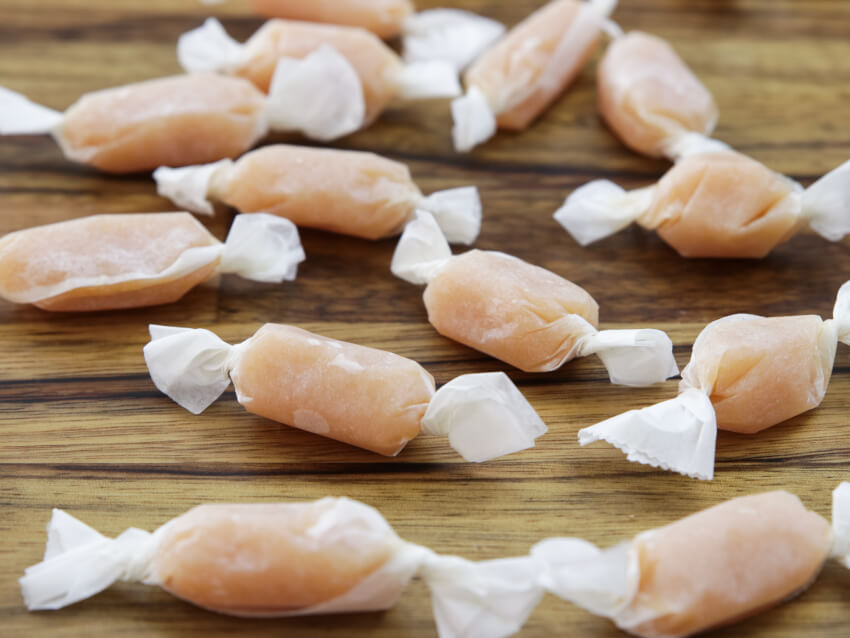

Homemade Caramels Recipe
Ingredients
- Oil for greasing
- 1 cup 200g Sugar
- ¼ cup 82g Corn syrup
- 3 tablespoon Water
- ¾ cup 180ml Heavy cream
- ¼ cup 60g Butter
- ¼ teaspoon Salt
- For wrapping: parchment paper
Instructions
- DIRECTIONS
- Line a 8-inch (20cm) square pan with parchment paper. Brush the bottom and sides of the pan with oil or spray with cooking spray.
- In a small sauce pan place butter, heavy cream and salt. Heat over low heat until butter is melted. Set aside.
- In a medium size pan, combine sugar, corn syrup and water. Heat over medium heat until sugar has come to a boil. Wipe down the sides of the pan with a damp pastry brush so there are no sugar crystals above the surface of the sugar mixture.
- Clip a candy thermometer to the side of the pan so that the heat sensor is immersed in the sugar. Keep cooking the sugar mixture, until the sugar reaches 320F (160C).
- When sugar mixture reaches 320F (160C), turn the heat off and immediately pour the cream mixture to the pan. Pour slowly and whisk constantly.
- Return the pan to medium heat and cook until reaches 240F/115C (soft caramel) -250F/120C (harder caramel). Do not stir at any point.
- Remove from heat and immediately pour into prepared pan. Allow to cool completely.
- Unmold the caramel and cut into small rectangles. Wrap each caramel in wax paper and twist the ends closed.

